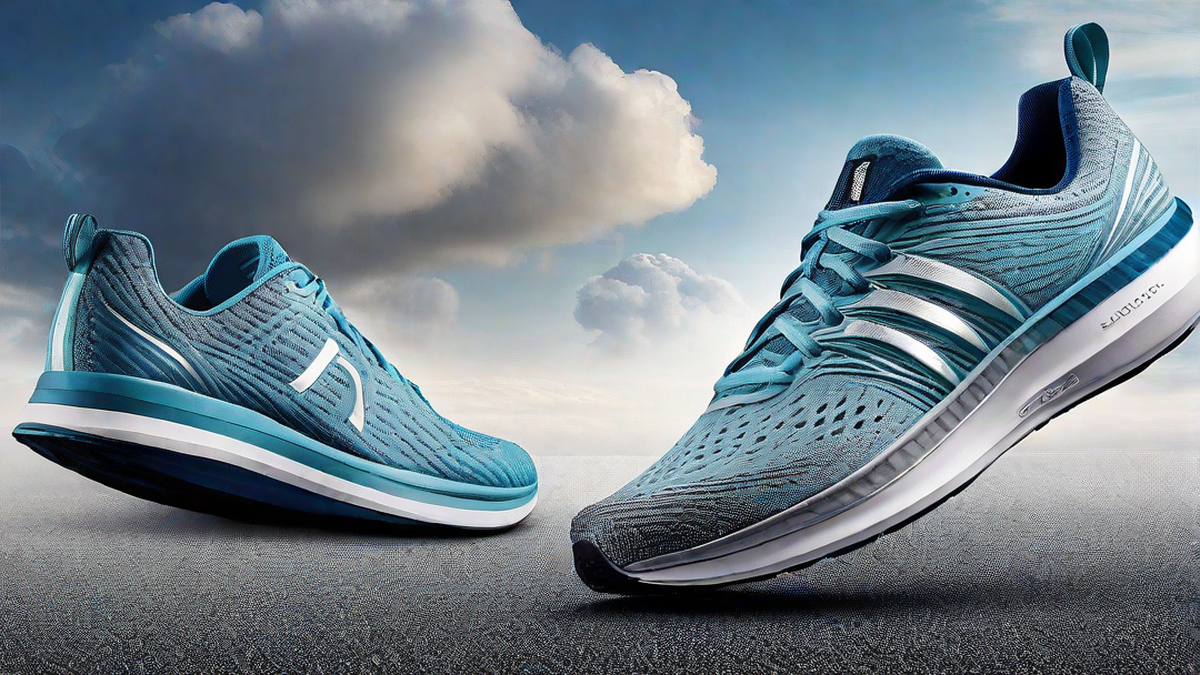When it comes to running, finding the right pair of shoes is absolutely crucial. As someone who has been an avid runner for many years, I can’t stress enough how important it is to have running shoes that feel just right. Your shoes are your foundation, and they can make or break your running experience.
So, what should running shoes feel like? Well, there are a few key factors to consider.
The Fit
First and foremost, running shoes should fit snugly but not too tight. They should feel like a second skin, providing support and stability without feeling restrictive. When trying on running shoes, make sure there is about a thumbnail’s width of space between your longest toe and the front of the shoe. This allows for proper toe splay during your stride.
Additionally, pay attention to how the shoe fits around your heel and midfoot. It should feel secure and should not slip or slide as you move. A well-fitting shoe will prevent blisters, hotspots, and discomfort during your runs.
Cushioning
The amount and type of cushioning in running shoes can greatly affect how they feel. Some runners prefer a cushioned shoe that provides a plush and soft feel, while others prefer a more minimalistic shoe with less cushioning. It’s a matter of personal preference and what feels most comfortable for you.
If you’re someone who enjoys long-distance running or has joint issues, a shoe with ample cushioning can help absorb impact and reduce stress on your joints. On the other hand, if you’re a speed-focused runner or prefer a more minimalistic feel, a shoe with less cushioning may be a better fit for you.
Support and Stability
An important aspect of running shoes is the support and stability they provide. Different runners have different pronation patterns, which refers to how your foot rolls inward or outward during each step. It’s essential to choose a shoe that offers the right level of support for your specific pronation type.
There are three main types of pronation: neutral, overpronation, and supination. If you’re unsure about your pronation type, it’s a good idea to visit a specialty running store for a gait analysis. They can help determine your pronation pattern and recommend appropriate shoes that provide the necessary support and stability.
Flexibility
Lastly, running shoes should have a good amount of flexibility. They should allow your foot to move naturally and flex with each stride. Bend the shoe to check its flexibility – it should have some give but not be too stiff or rigid.
Remember, everyone’s feet are different, and what works for one person may not work for another. It’s essential to try on multiple pairs of shoes and go for a test run if possible to get a true feel for how they perform.
In conclusion, finding the perfect pair of running shoes is a personal journey. They should fit well, provide the right amount of cushioning and support, and allow for natural flexibility. Taking the time to find the right shoes for your feet can greatly enhance your running experience and help prevent injuries. So lace up, hit the pavement, and enjoy the freedom that comes with the perfect pair of running shoes!

